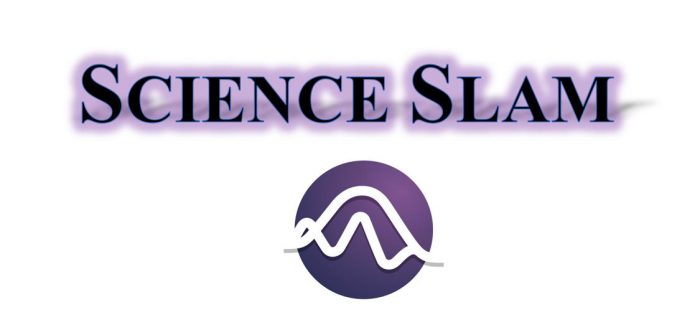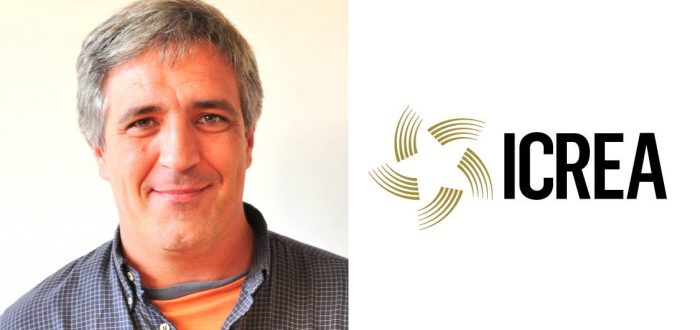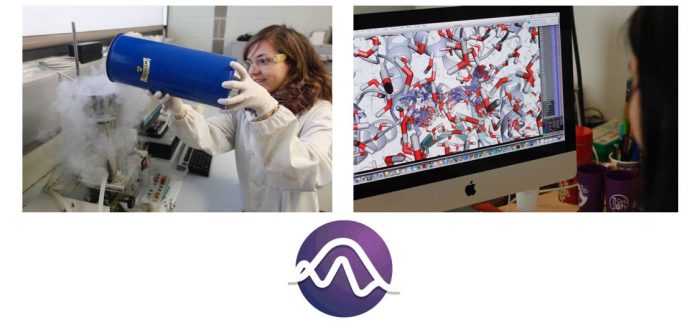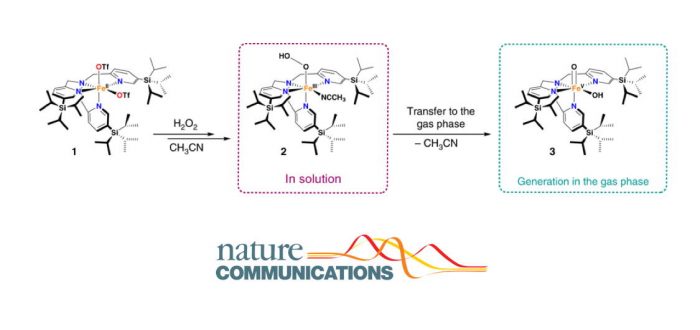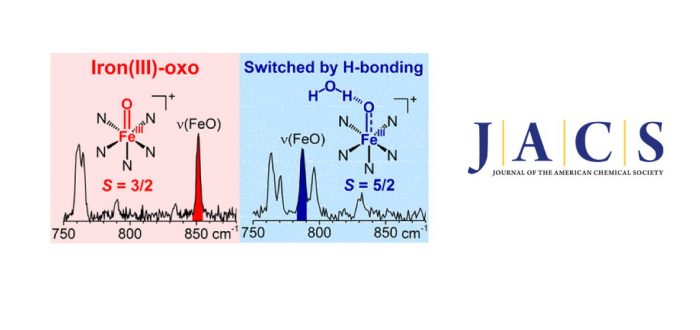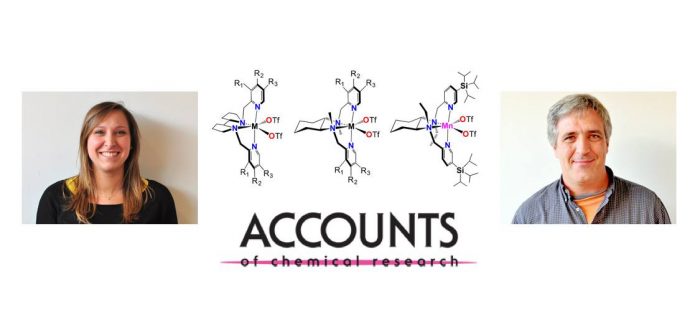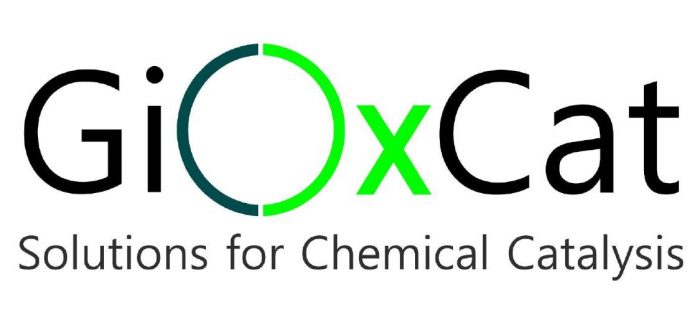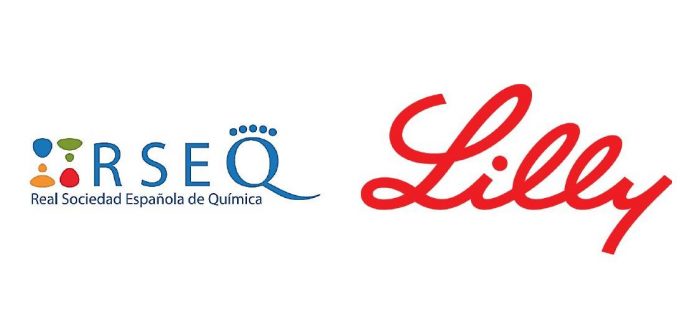Terminal oxo complexes of late transition metals are frequently proposed reactive intermediates. However, they are scarcely known beyond Group?8. Using mass spectrometry, we prepared and characterized two such complexes: [(N4Py)CoIII(O)]+ (1) and [(N4Py)CoIV(O)]2+ (2). Infrared photodissociation spectroscopy revealed that the Co?O bond in 1 is rather strong, in accordance with its lack of chemical reactivity. On the contrary, 2 has a
- sec.iqcc@udg.edu
- +34 972 41 83 57
Category: Miquel Costas news
Since 2015 the IQCC is organizing a Science Slam (first, second, third edition). Next week on Monday May 13 the IQCC organizes the fourth edition to show the most representative research projects of the Institute to a wide audience. The research carried out within each of the research teams of the IQCC will be briefly summarized by the PIs
The Catalan Institution for Research and Advanced Studies (ICREA) is a foundation promoted by Catalan Government whose aim is to encourage research in Catalonia. Miquel Costas, a researcher member of IQCC and ERC-Starting Grant holder won the ICREA Acadèmia awards 2018 for his research carrier. It is the third time that he receives this award (after
The Institute of Computational Chemistry and Catalysis (IQCC) of the University of Girona (UdG) is a worldwide reference unit in computational chemistry and catalysis that aims at carrying out groundbreaking research on predictive chemistry for catalysis, with special focus on the processes occurring at the confined space for the coming years. One of the pillars
The constant environmental pollution due to different toxic products derived from oil-based industries is nowadays a worldwide problem. Specifically, the toxic products of anthropic origin are not always possible to contain, which makes it necessary to intervene in its decontamination. This challenge can be achieved by breaking down the toxic products using specific bacteria that
Today, Miquel Costas and co-workers reported in JACS on the trapping of Fe(III)=oxo species. Terminal non-heme iron(IV)-oxo compounds are among the most powerful and best studied oxidants of strong C-H bonds. In contrast to the increasing number of such complexes (>80 thus far), corresponding one-electron-reduced derivatives are much rarer and presumably less stable, and only two
Aliphatic C–H bond functionalization is at the frontline of research because it can provide straightforward access to simplified and cost-effective synthetic procedures. A number of these methodologies are based on hydrogen atom transfer (HAT), which, as a consequence of the inert character of C–H bonds, often represents the most challenging step of the overall process.
During the 43rd International Conference on Coordination Chemistry (ICCC2018) that was held from July 30 to August 4, 2018 in Sendai, Japan, Laia Vicens won the poster prize for Session 16 on “Bioinspired small molecule activation”. Her poster had as title “Combination of iron coordination compounds and peptides in bioinspired oxidation reactions: designing artificial enzymes”. Congratulations
LastJuly 20th 2018,GIOXCAT SL spin-off companyfrom the University of Girona was constituted. The new company will be located in the Scientific and Technological Park, and has been founded by the researchers from the IQCC institute Miquel Costas, Xavi Ribas and Cristina Garcia. GIOXCAT SL activity will be based on the know-how developed by the QBIS-CAT
Today the Lilly PhD awards from the RSEQ and Lilly in the field of Organic, Pharmaceutical and Analytical Chemistry were announced. And one of the three winners was Michela Milan from QBIS-Cat and IQCC! Congratulations Michela!


